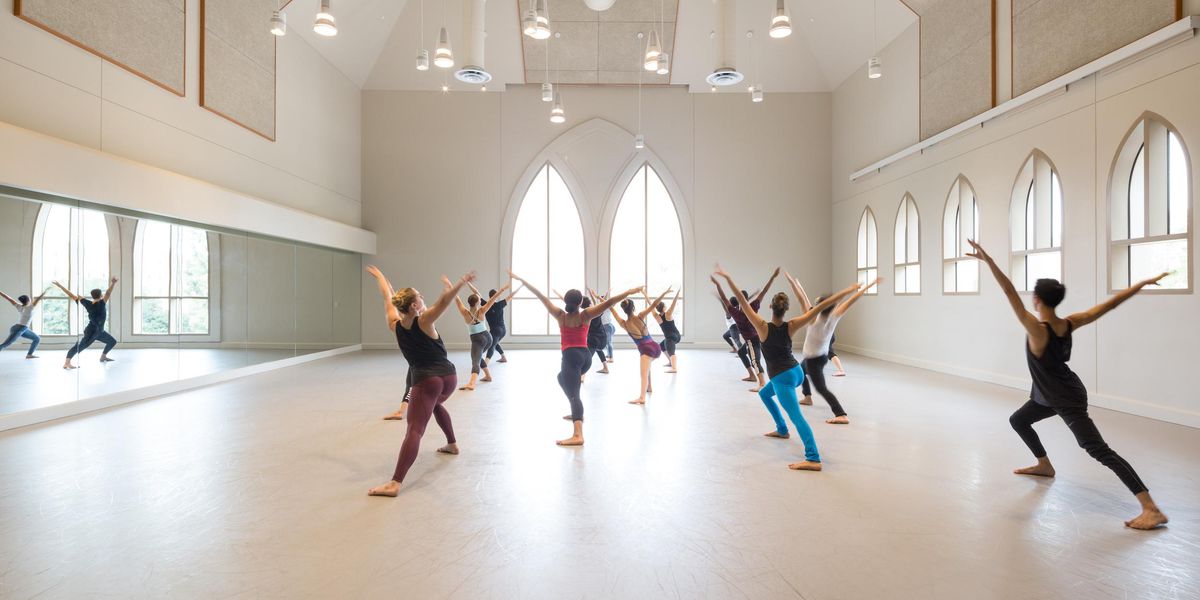New Acclaim for Batsheva
Batsheva Dance Company has reached a new level of acclaim, both for its dancers and its artistic director Ohad Naharin. The word spread from coast to coast about how amazing the touring Sadeh21 has been. Audiences left the theater feeling challenged, fulfilled and full of wonder. Social media carried messages from top ballet dancers like Wendy Whelan (#mindblowingmovers) and David Hallberg (Respect. Total. Respect.)
I was blown away myself, having witnessed Sadeh21 at both UCLA’s Royce Hall and NYC’s Brooklyn Academy of Music. I saw serene and manic, frisky and stable, solo and collective, silly and tragic….all these pairs exist together choreographically. Each thing contains its opposite.
And that’s reflected in how the dancers use their bodies. They turn themselves inside out, being exposed and controlled at once—total consciousness coexisting with abandon. They do the wildest things, but always physically connect one movement to the next, no matter how abrupt the change might be. This kind of performing gives Sadeh21 an almost unbearably human presence. In fact they don’t seem to “perform” as much as allow us to see their whole selves.
While talking about the process of choreographing, Ohad says in the current issue of Dance Magazine, “The biggest evolution is in the dancers’ interpretation of the work.” He repeated this idea in the Iconic Artist Talk at BAM, which I moderated. He said what he enjoys most in making dances is the gap between his plan and what the dancers come up with. It’s about discovery for him, not mastery.
Here are some other bon mots from Friday at our pre-show Iconic Artist Talk. These are not exact quotes, but what I remember.
• The studio is a playground, and you have to have rules in a playground. He calls the rules codes, but he also talked about knowing when to break your own codes.
• When babies move they still have echoes of movement in their bodies, whereas we’ve trained that out of our bodies. This is one of the aspects of Gaga (which is explained nicely by Siobhan Burke here).
• When you have a weakness, go further into your weakness instead of avoiding it.
• Dance is for everyone, and that’s the thinking behind the audience participation pieces like Minus 16, which is in the Ailey rep.
The last question came from a man in the audience who had been in a Parkinsons Group led by Ohad. The man asked Ohad how he felt about it, to which the choreographer answered that he had been moved to tears during the session.
After our talk was over, a woman psychotherapist asked me if anyone has written about the effect Gaga has on non-dancers. She has seen Gaga People to have a great healing effect. As Ohad says, Gaga is the key to unlocking people’s habits.
Photos of Batsheva in
Sadeh21 by Gadi Dagon, courtesy UCLA. Photo of Iconic Artist Talk by Beowulf Sheehan, courtesy BAM.




